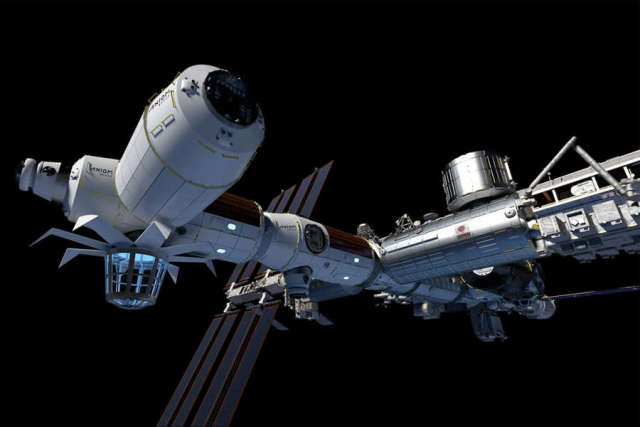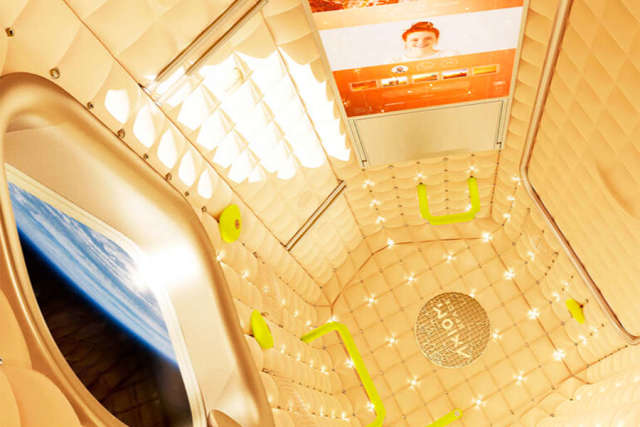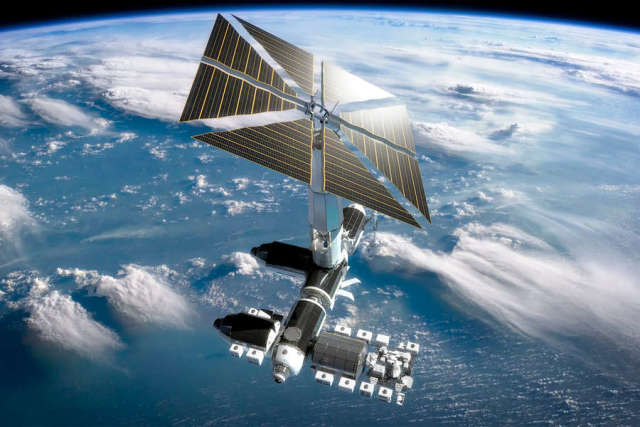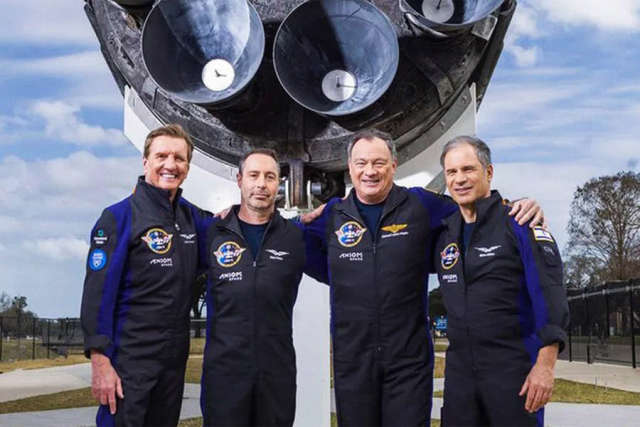The first private crew of Axiom Space went to the ISS
For a long time, private individuals flew to space stations only as tourists. Axiom Space has changed this tradition by sending a group of non-professional astronauts to the ISS, whose main task will be to conduct research. In particular, these studies should help in the creation of the world's first private space station Axiom, which will be assembled as a segment of the ISS in 2024.
The Crew Dragon ship with the crew of the Ax-1 mission of Axiom Space went to the ISS. This is the first completely private mission in the history of the ISS.
The launch took place on a Falcon 9 rocket from the LC-39A pad, at Florida's Cape Canaveral. The only professional astronaut on board the ship is Commander Michael Lopez-Alegria, who previously flew on shuttles three times. Three others - American Larry Connor, Canadian Mark Pati and Israeli Eitan Stibbe - are engaged in business and have never flown into space before (although Stibbe served as a fighter pilot in the Israeli Air Force). Everyone, except the commander, paid for this flight themselves, like tourists, about $ 55 million each.

Future view of the ISS Axiom segment
Image Source: Axiom Space
"I would say that this is not tourism at all," Lopez-Alegria told the portal Space.com - Too often they are called tourists. I think the crew will really get great impressions, but they will appear not only from the interesting environment, but also from the achievements of these private astronauts." And indeed, the Ax-1 program is not entertaining, but is part of a large plan for the development of near-Earth orbit.
Axiom Space plans to send the first ever private module to the ISS in 2024. It will be attached to the American Harmony module as a node. Then the company will attach several others to it, so as a result, a whole private segment will be formed. It will have comfortable individual cabins, high-speed Wi-Fi, large video panels and a huge transparent dome - much larger than the current Cupola on the ISS.
Then, after the ISS is decommissioned, the Axiom segment will detach and become an independent station. It will have both laboratories and modules for tourists. The current flight can be considered a rehearsal of future Axiom Space missions to its segment.

View from inside the future private station Axiom Space
Image Source: Axiom Space
Michael Saffredini, president of the company, said at a press conference.
For example, the Party will test a two-way "holoportation" system that will allow users to see each other as 3D projections using augmented reality.
Cancer research is also planned. A bioreactor that accelerates cell growth, a set of cancer stem cells and monitoring equipment will be delivered to the station. The crew of the station will use microscopes to monitor how weightlessness affects the development of cancer and precancerous conditions in tumor organoids - micro-models of organs. If in the future a lot of untrained people will fly into space, it is important to know what risks this carries.
An experienced Japanese air purification plant JAMSS will try to rid the atmosphere of the station of odors using a filter with a photocatalyst. It is impossible to ventilate in space, and therefore JAMSS will decompose volatile substances into carbon dioxide and water. If the device proves its effectiveness, its serial samples will be able to significantly improve the quality of life of the crew in orbit.

Possible appearance of the finished Axiom station
Image Source: Axiom Space
Astronauts will also try to produce a "vegetarian" beef steak: grow it from a cell culture. This does not require a 3D printer. "We take cow cells, grow them in bioreactors, then multiply and differentiate. As a result, different types of cells appear in the cell culture, including fat and collagen fibers, so that it becomes like a natural steak. We will do the same on the ISS," Zvik Tamari, head of space research at Aleph Farms, the company behind the experiment, told Mail Online.
Finally, during Ax-1, TESSERAE, a prototype of self-assembling structures, will be tested. Individual small TESSERAE blocks can be combined into large elements on command.
In the future, with the help of this technology, it will be possible to create various structures, starting from the elements of the station itself to bases on other planets.
In total, 25 experiments are planned for 10 days of flight (8 of them at the station), not counting those that will take place after landing. According to many space analysts, Ax-1 will mark a turning point in the space industry and the beginning of a new period in which the initiative of space research will largely pass to private companies.
Vasily Zaitsev

